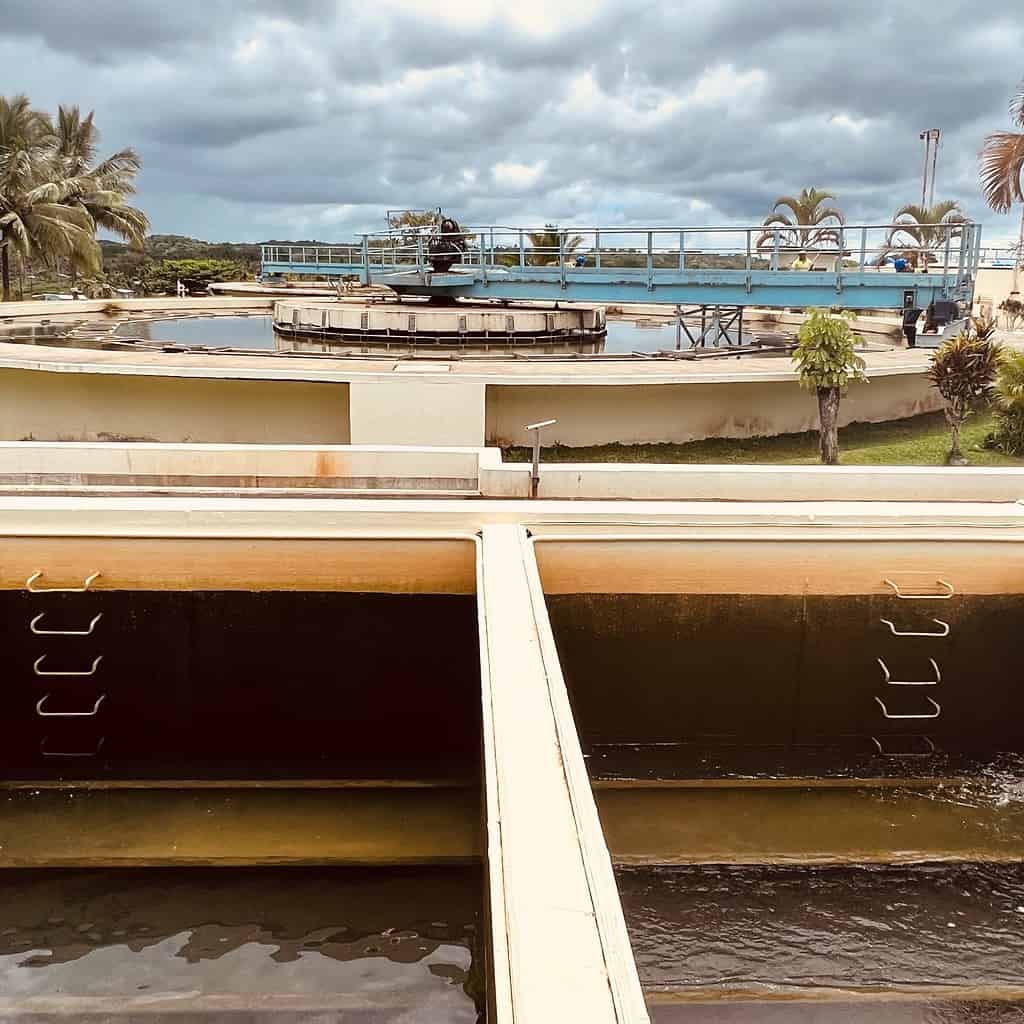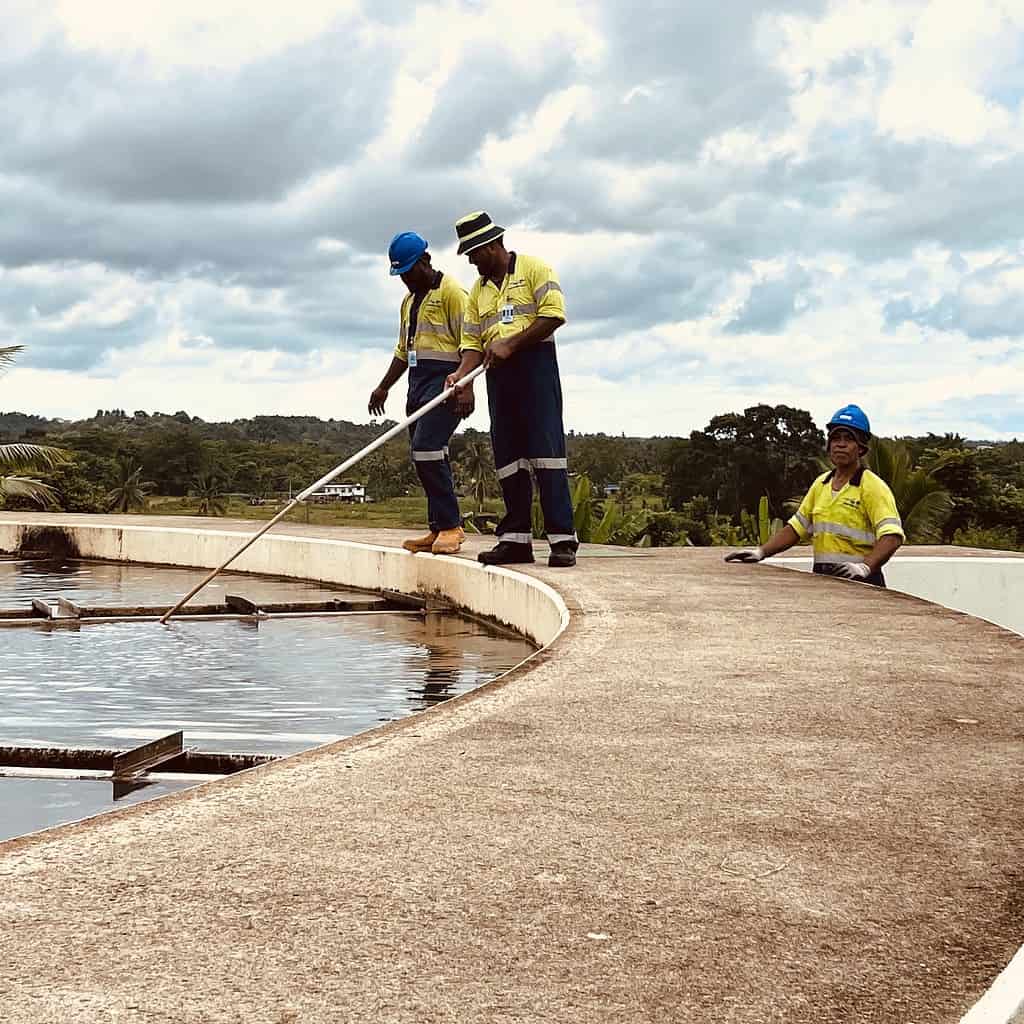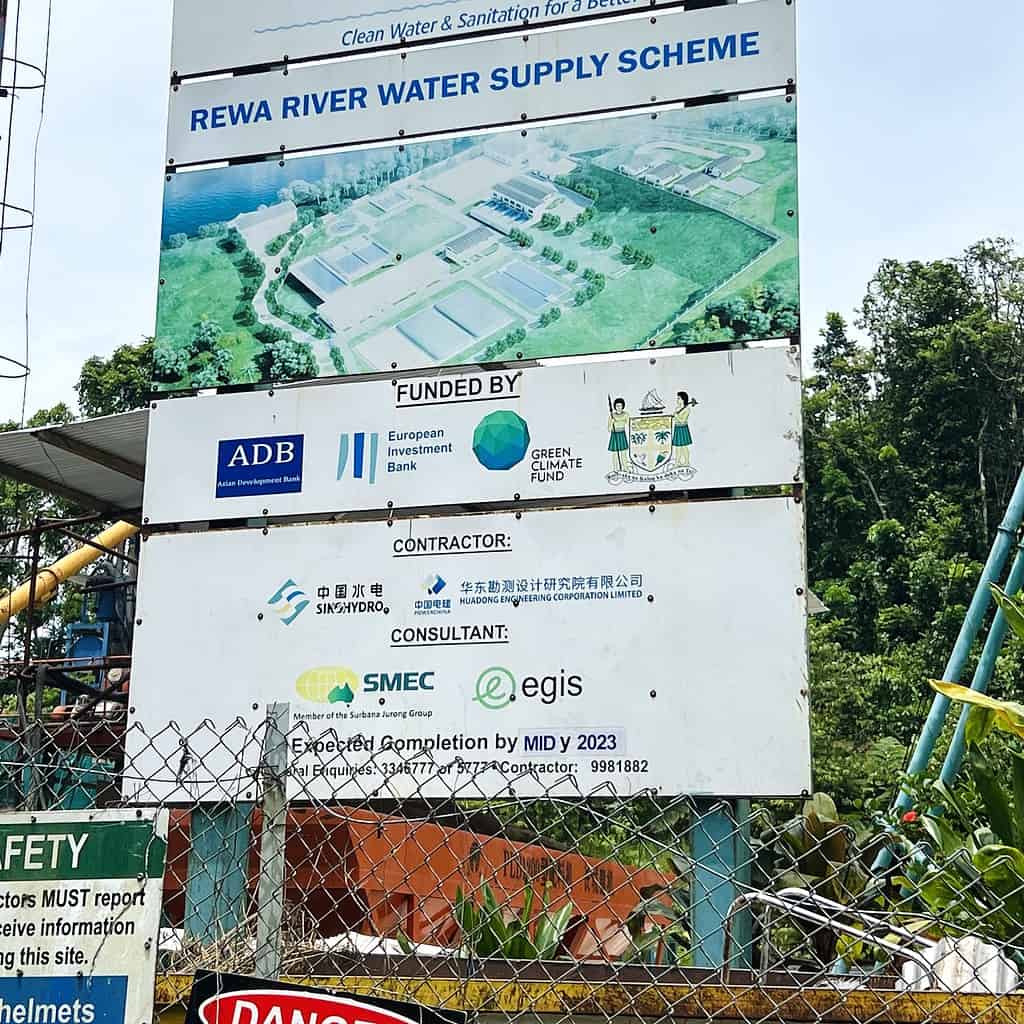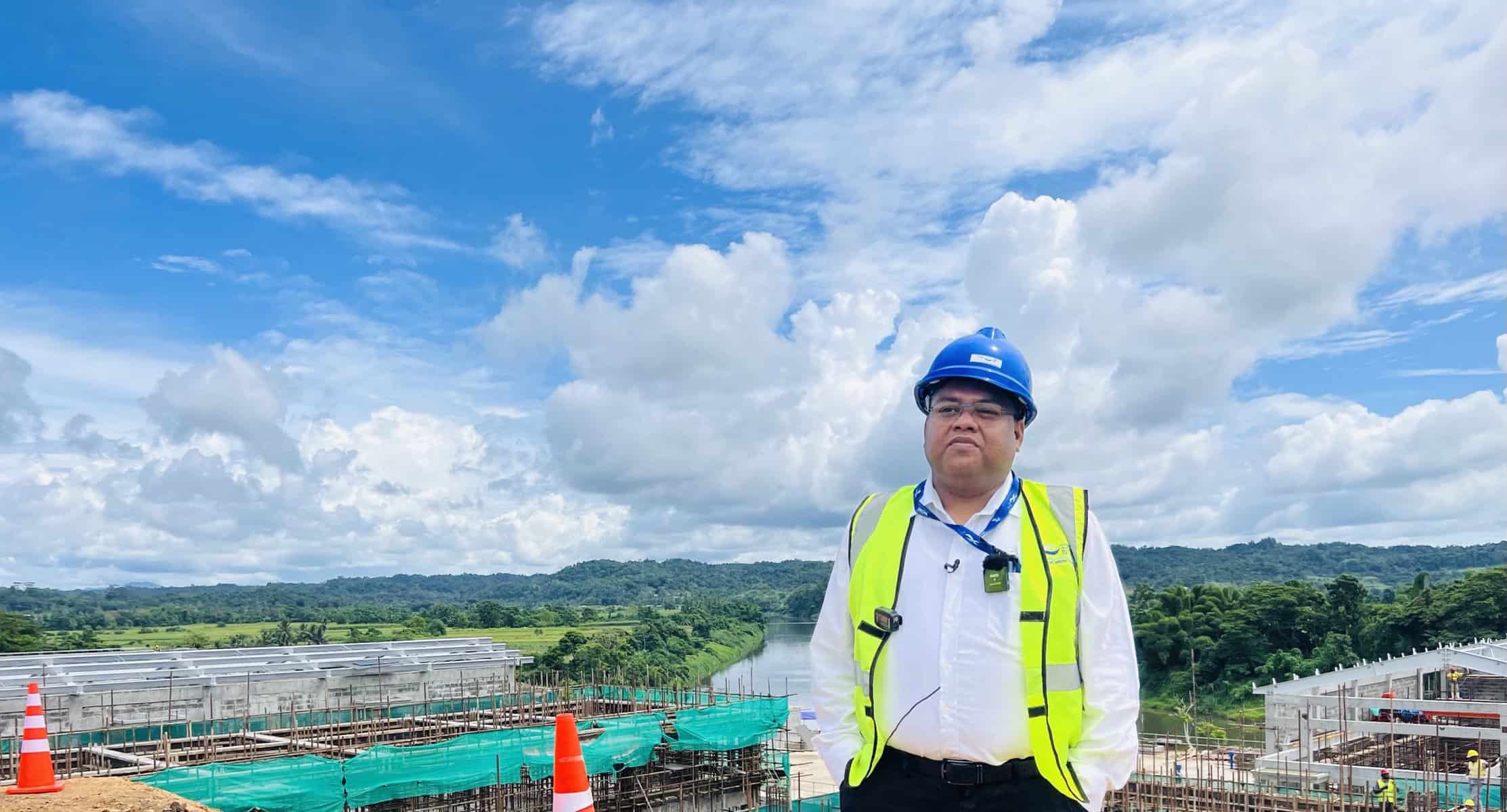The myths around water cuts across Fiji have been debunked after an extensive explanation from the Water Authority of Fiji team during a recent media tour at their Viria operation site.
It comes as people living in parts of Nausori, Nasinu, Tamavua and Colo-i-Suva have today been told to expect low pressure, intermittent, and no water supply as one of the five raw water pumps has a fault and is affecting the production at Waila Water Treatment Plant.
The Water Authority of Fiji’s (WAF) Chief Executive Officer, Seru Soderberg, explained that water cuts are due in part, to the treatment of water.
Soderberg said, “If the quality of the raw water deteriorates enough to the point where there’s just too much soil, too much salt, and too much dirt in the water, the treatment plants’ production capacities are actually hampered in the sense that there is way too much saline coming in, then it gets over our filters.
“If it gets into the filters, it blocks the treatment plant fillers, then production drops, following a drop in the reservoir, and then customers go out of water,” he said.
The Fiji Water Authority has around 153,000 water connections, and in terms of production, an average of around 54,000 litres of water is consumed every day.


The Tamavua water system, according to Soderberg, draws its water from the Waimanu River. Soderberg said, “We have villages and farms upstream; so the practises they do, affect the water we get.
“At the same time, the Tamavua treatment plant is not able to treat all the dirt that is coming from the water. That is when we put up a notice that production is affected, we have very high turbidity, and the reservoir level has gone down,” he said.
The other issue is the 50-year-old pipeline infrastructure. Soderberg has highlighted the critical need for better asset management, as WAF loses half its treated water through leakages.
This poses a great challenge, considering that the global benchmark for mains leakage for a good system is 3 leaks per 1,000 service connections. In Fiji, WAF experiences 300 leaks per 1,000 service connections and 200 bursts per 100 km of water main, as opposed to a global benchmark of 13 bursts per 100 km.
It is clear that Fiji’s water system needs updating and better asset management. Soderberg said, “WAF will require $0.78 billion over the next five years for water and wastewater infrastructure renewal and climate resilience.”
There were several solutions in place to cater for some of these challenges, WAF Chief Infrastructure Delivery Officer, Sourav Majumder, said along the Lami-Suva-Nausori corridor, “The new Viria Project will add 40 million litres per day, this will address the current supply gap for the greater Suva area “


It will also benefit approximately 360,000 people within the Lami-Suva-Nausori corridor,” he said.
The 40 million litres of water treatment facility is part of WAF’s $270 million Viria Project; 76.3% of the design, build, and Operate works are completed, and 85.1% of the Gravity Mains contracts are complete.
Majumder said, “We are nearing 90% completion, so it’s giving an indication that we are almost moving into the installation works, so we are left with the mechanical items and then followed by trial.”
“In terms of quantity, you can see where we are; with pipeline work, we have nearly completed almost 90%, we have maintained the highest quality, and we have adhered to the statutory norms,” he explained.
When it comes to blockages during heavy rain, the issue that arises is the inability of anyone to gain access to them to clear them, which is also the result of water coming through the pipe.
Soderberg explains, “So we will have to dive, take out all those debris, and recommission the entire pipeline. When it rains heavily, we cannot send out divers in because of safety reasons.
“Some of the solutions we can really look into are the infrastructure where you need to dive to actually access the pump, will be inside an actual building, so it doesn’t require the staff to be outside, exposed to the environment, and whatever is coming through the water, it either could cause serious injury or it could kill them,” he said.
The design that WAF is looking at is submerged, so even when it’s flooded, there won’t be any issues of blockage, and the Viria project design is something they are looking to replicate to curb this issue.
